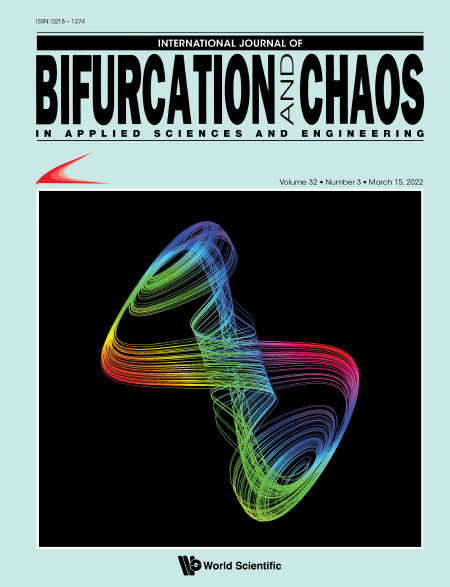Codimension-Two Bifurcations and Bifurcation Controls in a Discrete Biological System with Weak Allee Effect
Abstract
In this paper, the codimension-two bifurcations and bifurcation controls of a discrete predatory system with weak Allee effect on prey are investigated. After analyzing the qualitative properties of all the fixed points, we explore the existences of 1:2 and 1:3 strong resonances at the unique interior fixed point. Combining the adjoint operator method with an approximate identity transformation, we obtain the normal forms of these strong resonances. Meanwhile, we calculate the approximate expressions of bifurcation curves around the resonance point, which include Neimark–Sacker and period doubling bifurcation curves. And we give the conditions under which these bifurcations are supercritical or subcritical. To study global bifurcations near the resonance point, we use an ordinary differential equation to approximate the original discrete system by the time-one approximation flow theory. In biology, bifurcations and unstable fluctuations may be harmful for the breeding of biological population. Then we extend the hybrid control strategy to control 1:2 and 1:3 strong resonances. Numerical simulations are in good agreement with our theoretical results. By using the MatContM package, we perform numerical bifurcation analyses to further support our theoretical results, in which the bifurcation points and the normal form coefficients are completely consistent with our theories. According to the results, we finally analyze the impact of weak Allee effect on the system. And a reasonable biological explanation is given for these conclusions.
Supported by the National Natural Science Foundation of China (Grant No. 11901073), Science and Technology Research Project of Chongqing Education Commission (Grant No. KJQN201900619) and the Scientific Research Starting Foundation of Chongqing University of Posts and Telecommunications (Grant No. A2018-124).
| Remember to check out the Most Cited Articles! |
|---|
|
Check out our Bifurcation & Chaos |


